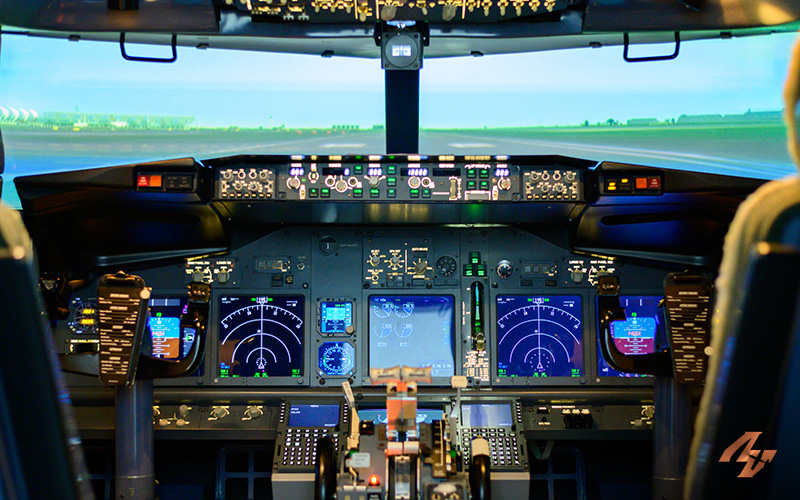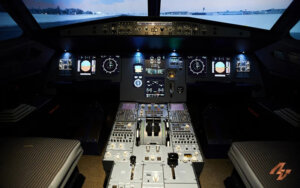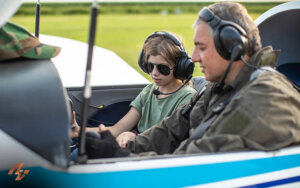The aviation industry has always been at the forefront of technological innovation, and the integration of virtual aviation training programs is no exception. These cutting-edge solutions are revolutionising pilot and crew training by offering a host of benefits that enhance both efficiency and safety. In this article, we will delve into the roles played by utilising virtual reality in flying programs, highlighting their ability to enhance learning outcomes and prepare individuals for real-world aviation scenarios.
Creates Realistic and Immersive Environments
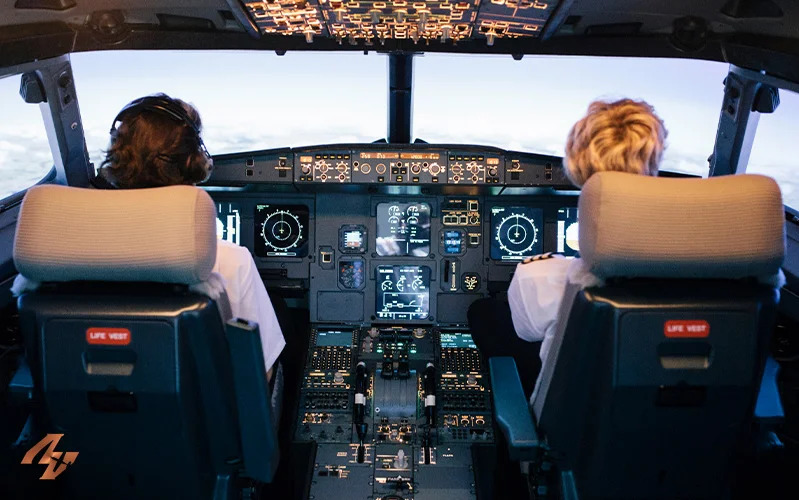
One of the primary advantages of virtual aviation training programs is their ability to offer realistic and immersive environments. Such aviation courses allow individuals to step into a virtual cockpit that mirrors the exact controls and instrumentation of their real-world aircraft, incorporating lifelike sounds and physical sensations. Additionally, pilots can practise handling various weather conditions, emergencies, and system failures without leaving the ground, allowing them to gain invaluable experience in a safe, controlled setting. This virtual training helps them build muscle memory and confidence, ultimately translating into safer and more skilled aviators.
Hands-on Practice
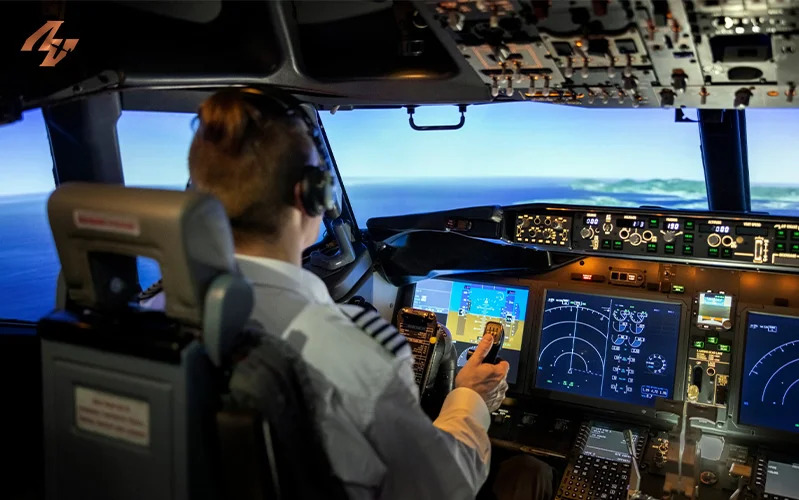
Unlike traditional classroom lectures, hands-on practice in virtual aviation training allows students to actively engage with aircraft systems and procedures. They can experiment with different scenarios, learn from their mistakes, and refine their skills without risking lives or equipment. For example, budding pilots can simulate take-offs, landings, and navigation exercises in diverse settings, all from the confines of a virtual aviation simulator, facilitating a rapid learning process.
Cost-Effective Training
Aviation training has long been associated with substantial expenses, from aircraft rental to fuel costs. Aviation virtual programs offer cost-effective benefits that reduce the financial burden on aspiring pilots and aviation organisations. Simulators are reusable and require less maintenance than actual aircraft. Moreover, trainees can practise manoeuvres repeatedly without incurring additional costs.
Enhanced Safety and Risk Mitigation
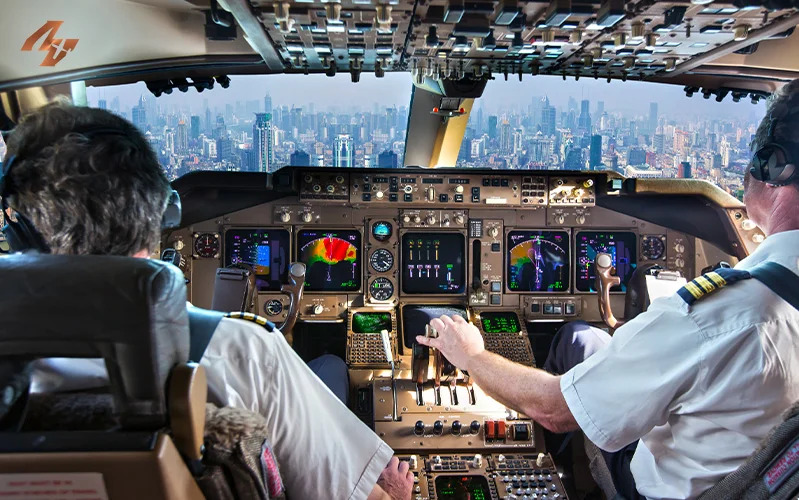
Safety is paramount in the aviation industry, and virtual aviation training plays a pivotal role in enhancing it. With virtual aviation courses, students can confront challenging scenarios and emergencies without putting lives or equipment in jeopardy. This can be done through simulating engine failures, adverse weather conditions, or complex air traffic situations to test the skills and decision-making abilities of trainees. It also allows aviation instructors to identify and address weaknesses during training programs before they become critical issues.
Flexibility and Accessibility
Virtual aviation training programs are ushering in a new era of efficiency and safety in the aviation industry. As technology continues to advance, the role of virtual training in aviation will only become more prominent, ensuring that our skies remain safe and our aviation professionals highly skilled.


